I'm designing a battery charging circuit for a portable device. Conceptually it looks lik so:

simulate this circuit – Schematic created using CircuitLab
As a safety function, the circuit can be interrupted by the transistor, thus interrupting the battery charging process. What leads me to write this post is that I need a transistor design that is normally closed (battery is normally charging). However, if a problem is detected, an MCU would send a control signal to it in order to open the circuit and stop the charging process.
My questions in conclusion are:
- What kind of transistor should I use? A depletion P-Channel Mosfet? If so, how would the circuit look like?
- Could this be accomplished with a normal P-Channel Mosfet (normally open unless activated) with some additional circuitry?
Thank you very much for your time and help!
